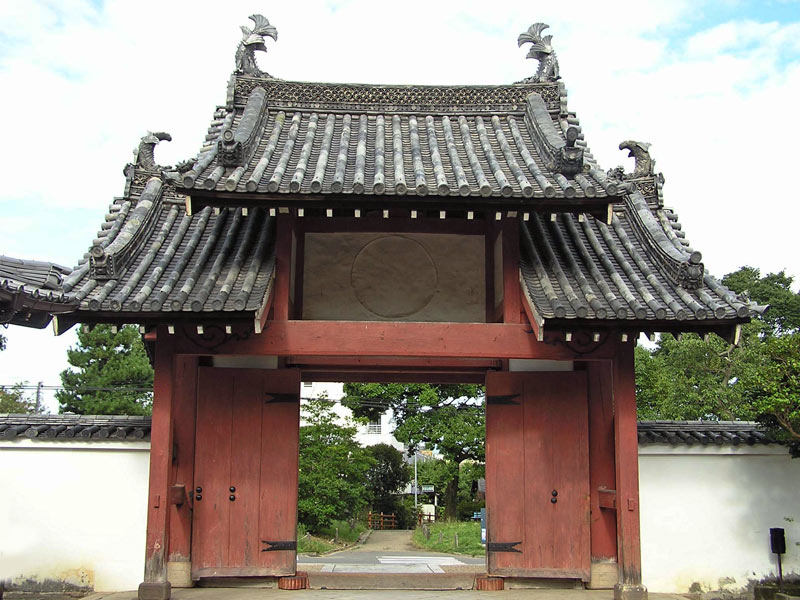|
||
 |
||

Manpukuji
Soumon δέε (Kyoto)
@
(C)2001 Japanese Architecture and Art Net Users System.@No reproduction or republication without written permission.
fΪΜeLXgEΚ^ECXgΘΗASΔΜRecΜ³f‘»E]ΪπΦΆά·B
|
||||||
| @ | ||||||
| shachi@ιΝ | ||||||
| KEY WORD :@architecture / general terms | ||||||
| @ | ||||||
| Also shachihoko ιΝ, ιΝg. Lit. killer whale. Fish-shaped ornaments at both ends of a roof-ridge. Thought to be a derived from the ornamental ridge end tile *shibi ιτφ, and to afford protection against fire, or to bring abundant rain. The head is said to resemble a tiger, and there are sharp spikes along the back. Made either of tile, or a wooden frame covered in clay and plated with gold or copper, or occasionally of stone. Often used on the roofs of castles, samurai dwellings, and tower gates *roumon Oε, in the Edo period, and on private dwellings from the Meiji period (after 1868). An ornate gold shachi on a castle signified the political authority of the castle lord. Good examples of shachi can be seen on: the ridge ends of the miniature shrine *zushi ~q in Daihouji Kannondou ε@ΟΉ° (late 14 - early 15c), Nagano prefecture. | ||||||
| @ | ||||||
 Manpukuji
Soumon δέε (Kyoto)
|
||||||
@ |
||||||
| REFERENCES: | ||||||
| *onigawara S’@ | ||||||
| EXTERNAL LINKS: | ||||||
| @@ | ||||||
| NOTES: | ||||||
| @ | ||||||
(C)2001 Japanese Architecture and Art Net Users System.@No reproduction or republication without written permission. fΪΜeLXgEΚ^ECXgΘΗASΔΜRecΜ³f‘»E]ΪπΦΆά·B |
||||||
| @ |